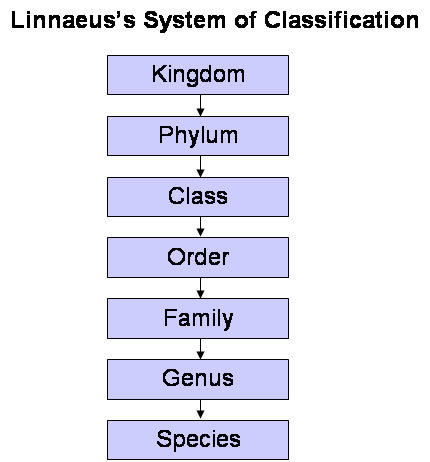9th Grade > Biology
DIVERSITY IN LIVING ORGANISMS MCQs
:
C
Algae are aquatic organisms. They contain chlorophyll and can prepare their food by photosynthesis. Chlorella and Chlamydomonas are few examples of unicellular algae.
Penicillium, Aspergillus, Candida are all examples of fungi.
:
A
Palaemon (prawn) belongs to the phylum Arthropoda. Arthropods are invertebrate animals with an open circulatory system, paired jointed legs and a chitinous exoskeleton.
:
A
Sponges are animals that belong to the phylum Porifera. They are multicellular organisms with a cellular level of body organisation (cell aggregate body) and bear pores all over their body with channels allowing water to circulate through them.
:
A, C, and D
Kingdom Protista includes unicellular eukaryotic organisms. Plant-like protists include diatoms, animal-like protists include protozoans like amoeba, euglena, paramecium, etc., while fungi like protists include slime molds. Pteridophytes or ferns belong to kingdom Plantae.
:
A
Gymnosperms are seed-producing plants, but unlike angiosperms, they produce seeds without fruits. The word “Gymnosperm” comes from the Greek words “gymnos”(naked) and “sperma”(seed), hence “naked seeds”. These plants develop male and female flowers on the surface of scales or leaves, or at the end of stalks forming a cone-like structure. E.g. pinus, cycas etc.
:
A, C, and D
The conventions that are followed while writing the scientific names are:
1. The name of the genus begins with a capital letter.
2. The name of the species begins with a small letter.
3. When printed, the scientific name is given in italics.
4. When written by hand, the genus name and the species name have to be underlined separately.
For E.g., The scientific name of human beings is Homo sapiens, where the first word is the genus name (Homo) and the later is the species name (sapiens).
:
A, B, and C
Angiosperms are also called flowering plants. The flowers of these plants bear reproductive organs. Flowers develop into fruits and seeds are formed within the fruit. Seeds formed in these plants can be of 2 types:
The plants whose seeds can be divided into two equal halves are dicots. The seeds which cannot be divided into equal parts are called monocots.
:
A
Mammals are warm-blooded animals who give birth to their younger ones. They have mammary glands for the production of milk to feed their younger ones.
:
B
Bryophytes are known as the amphibians of the plant kingdom. They can live in soil but are dependent on water also.

















